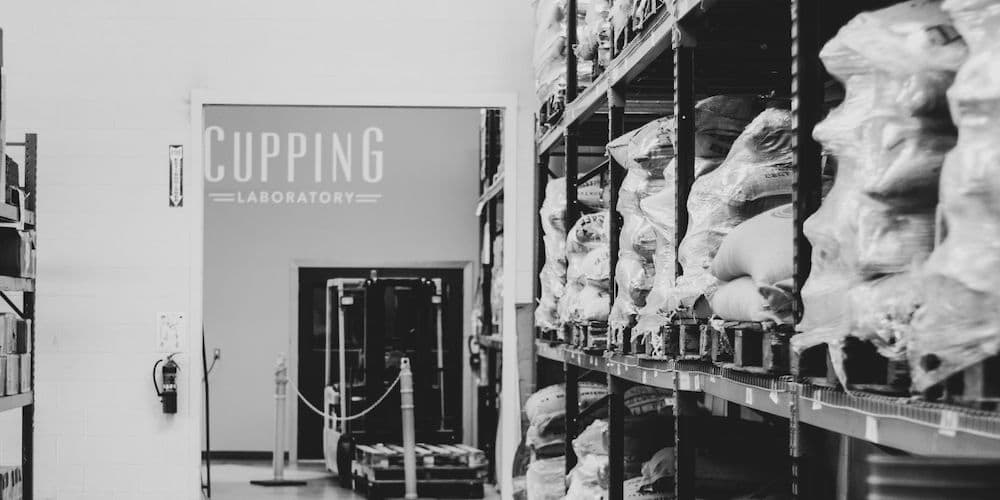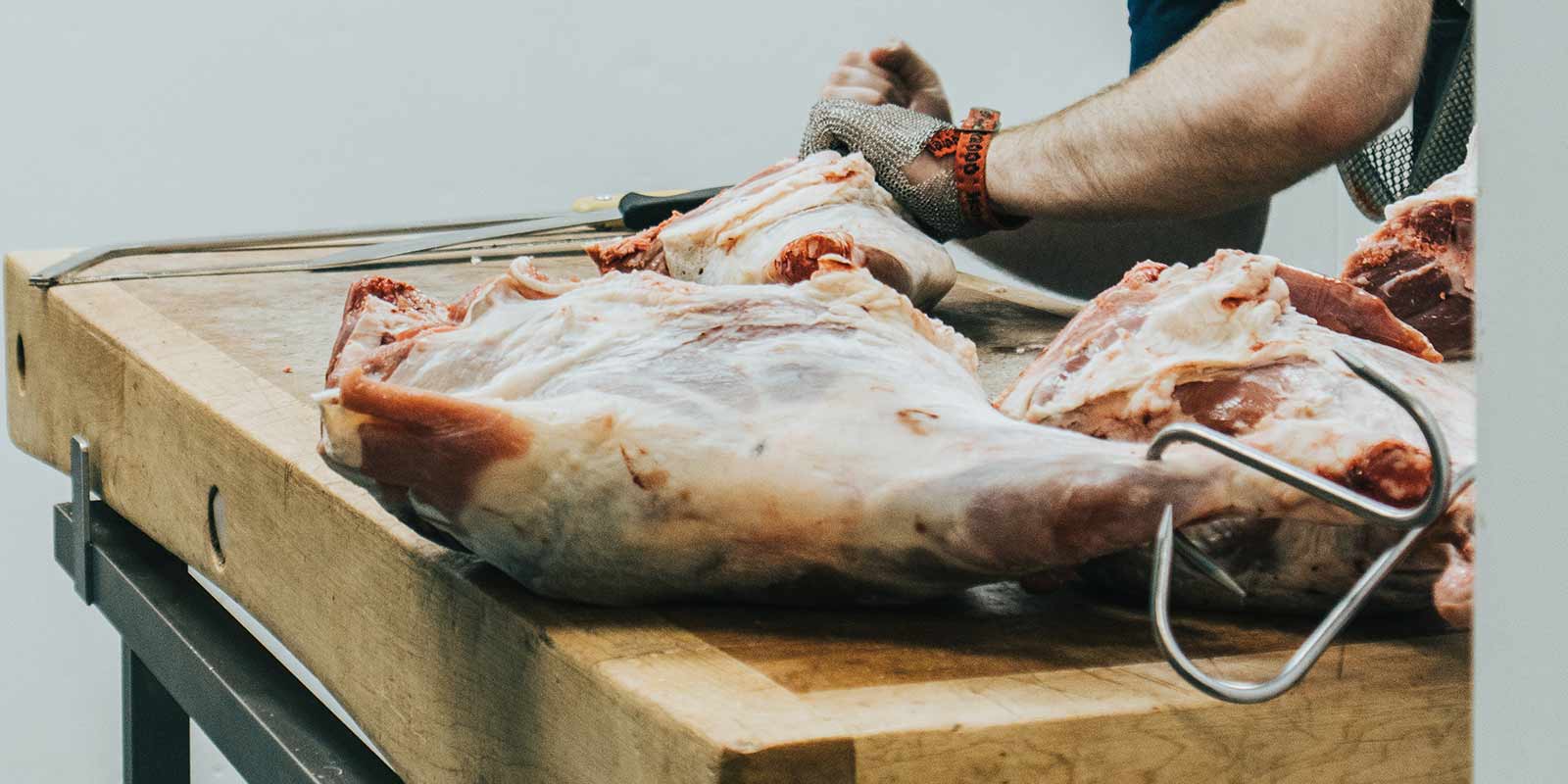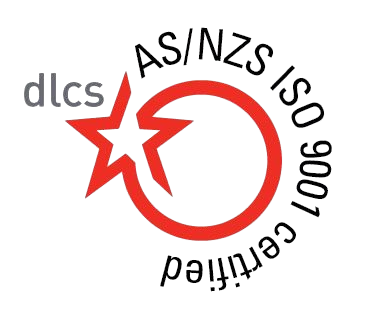Cross-contamination in food manufacturing is a critical concern that can compromise product safety, lead to costly recalls, and damage a brand’s reputation. Implementing stringent preventive measures is essential to ensure consumer health and maintain compliance with food safety standards.
1. Implement Hazard Analysis and Critical Control Points (HACCP)
Establishing a comprehensive HACCP plan is fundamental. This systematic approach identifies potential hazards at each stage of production and establishes critical control points to prevent contamination. Regular monitoring and documentation are vital to ensure the effectiveness of these controls.
2. Maintain Rigorous Cleaning and Sanitation Protocols
Regular cleaning and sanitization of equipment, utensils, and surfaces are crucial. Employing Clean-in-Place (CIP) systems can enhance efficiency by allowing for thorough cleaning without disassembling equipment. It’s essential to use appropriate cleaning agents and ensure they are safe and effective under the conditions of use.
3. Control Allergen Cross-Contact
Allergen management is a critical aspect of preventing cross-contamination. Implementing measures such as dedicated equipment, thorough cleaning protocols, and proper labeling can help control allergen cross-contact. It’s also important to train staff on allergen awareness and handling procedures.
4. Design and Maintain Proper Facility Layouts
The physical layout of the facility should minimize the risk of cross-contamination. This includes designing separate areas for raw and finished products, ensuring proper airflow, and maintaining clean and sanitary conditions throughout the facility. Regular maintenance of the facility is also necessary to prevent contamination.
5. Train and Monitor Personnel
Employee training is vital in preventing cross-contamination. Staff should be educated on proper hygiene practices, equipment handling, and contamination risks. Regular monitoring and audits can help ensure adherence to established protocols and identify areas for improvement.
6. Implement Effective Pest Control Measures
Pests can introduce contaminants into the food manufacturing environment. Implementing effective pest control measures, such as regular inspections and maintaining a clean environment, can help prevent pest-related contamination.
7. Utilize Technology for Monitoring and Traceability
Leveraging technology, such as Condition Monitoring Systems (CMS), can enhance the ability to monitor critical control points in real time. These systems can provide alerts for deviations and help maintain compliance with food safety standards.







